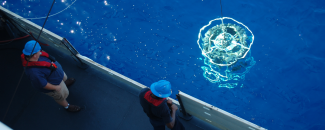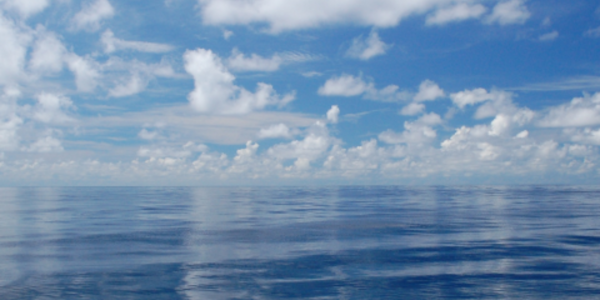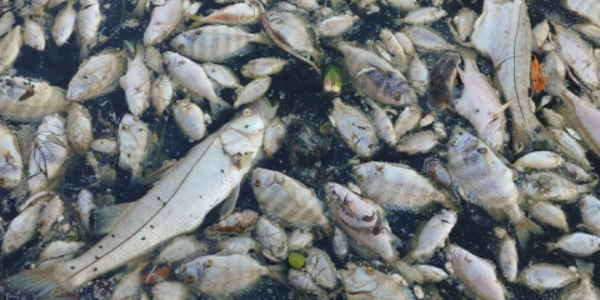Observation numbers grow in World Ocean Database and World Ocean Atlas

This page contains archived content and is no longer being updated. At the time of publication, it represented the best available science.
The World Ocean Database (WOD) marks its 25th year as a resource for significant ocean research with an expansion that incorporates millions of new observations. The WOD is a key contributor to the study of rising temperatures in the ocean and their interconnectedness to Earth’s warming.
“The World Ocean Database is critical to understanding our changing Earth systems,” says Mary Wohlgemuth, Director of NOAA NCEI. “The WOD is important for many reasons. It is the world’s largest collection of ocean profile data, the data are quality-controlled, and anyone can gain access to the information.”
The release of an update to the World Ocean Atlas coincides with the WOD release.
World Ocean Database, An Unparalleled Collection
Since its first introduction in 1994, WOD has become the backbone of ocean science. Established by the Intergovernmental Oceanographic Commission (IOC) and led by NCEI, it stands as the world’s single largest repository for subsurface ocean profiles. WOD includes 3.6 billion measurements from 15.7 million casts and data from a dozen instrument types.
Since the last update in 2013, WOD has added approximately 700,000 new profile float casts and over a million new glider casts. A cast is a set of profiles of different variables measured at the same time and location. A profile is a set of measurements for a single variable, such as temperature, taken at varying depths. Records in the database go back as far as the 1770s from observations made during the ambitious expeditions of British naval explorer Capt. James Cook.
Today, the size of the database continues to grow as do the methods used to collect the data. One of the chief instruments used today for the measurements is the Argo float, a free-drifting profiling float. A global array of more than 3,800 Argo floats accounts for 120,000 new profiles each year. Floats are located across the world.
WOD: Supporting Science
The WOD has fueled growth in research about conditions observed in the ocean. Several key types of data in the WOD help scientists and the public understand the dynamics of the ocean. Measurements include but aren’t limited to:
- Temperature
- Salinity
- Oxygen
- Nutrients
- Plankton
- pH
In fact, the database includes more than two dozen oceanic variables.
WOD contributes to major areas of research, including ocean heat content (OHC). The ocean moderates Earth’s climate by storing heat and moving it from the tropics to the midlatitudes. Using ocean temperature data, scientists have determined that more than 90% of the heat absorbed by Earth over the past 50 years has been stored in the oceans. NCEI monitors OHC and prepares reports about OHC status in State of the Climate reports.
Changes in ocean salinity also reveal variations in the hydrological cycle. Areas of the ocean becomes fresher where rainfall increases and saltier where it decreases. Observed trends could have global-scale consequences for rainfall and drought patterns.
Building the World Ocean Atlas
WOD forms the basis for the World Ocean Atlas (WOA). Whereas the WOD is a database, the WOA is a product that uses the WOD data as the infrastructure to develop climatologies—long-term histories of conditions such as temperature, salinity, and oxygen. First developed in 1982 by NOAA scientist Sydney Levitus, the WOA enabled systematic studies of ocean conditions that were not previously possible.
Levitus and the ocean science community saw the need to develop the climate system forecast capability for seasons, to determine the role of the world ocean as part of Earth's climate system, and to improve climate assessments for decades and longer. The WOA, the main scientific product based on the WOD, provides a crucial tool for ocean and climate research and assessments.
Using the WOASelect, users can designate a geographic area, depth, and oceanographic variable to view subsets of the Atlas. WOASelect filters climatological averages or related statistics for a variable at the requested depth for specified region and then creates a visualization.



